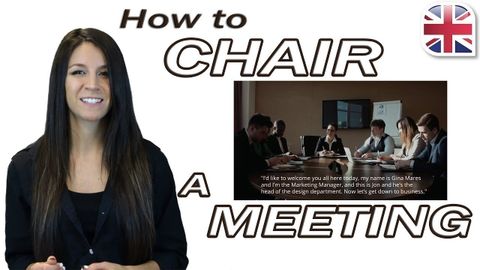ビジネス英語 - 英語での会議の議長の取り方
蔡育德 が 2017 年 05 月 07 日 に投稿  この条件に一致する単語はありません
この条件に一致する単語はありません- n.言い回し;音楽の節;語句;句
- v.t./i.言い表す
US /ˈprɛznt/
・
UK /'preznt/
- adj.出席している;現在
- n.プレゼント;現在時制;現在;贈り物
- v.t.紹介する;司会をする;発表する;提示する;(賞を)贈呈する
- v.i.現れる
US /ˈpræktɪs/
・
UK /'præktɪs/
- n.仕事;練習すること;慣習
- v.t./i.開業;従う;練習する;実践する
US /ɪˈfɛktɪv/
・
UK /ɪˈfektɪv/
エネルギーを使用
すべての単語を解除
発音・解説・フィルター機能を解除
